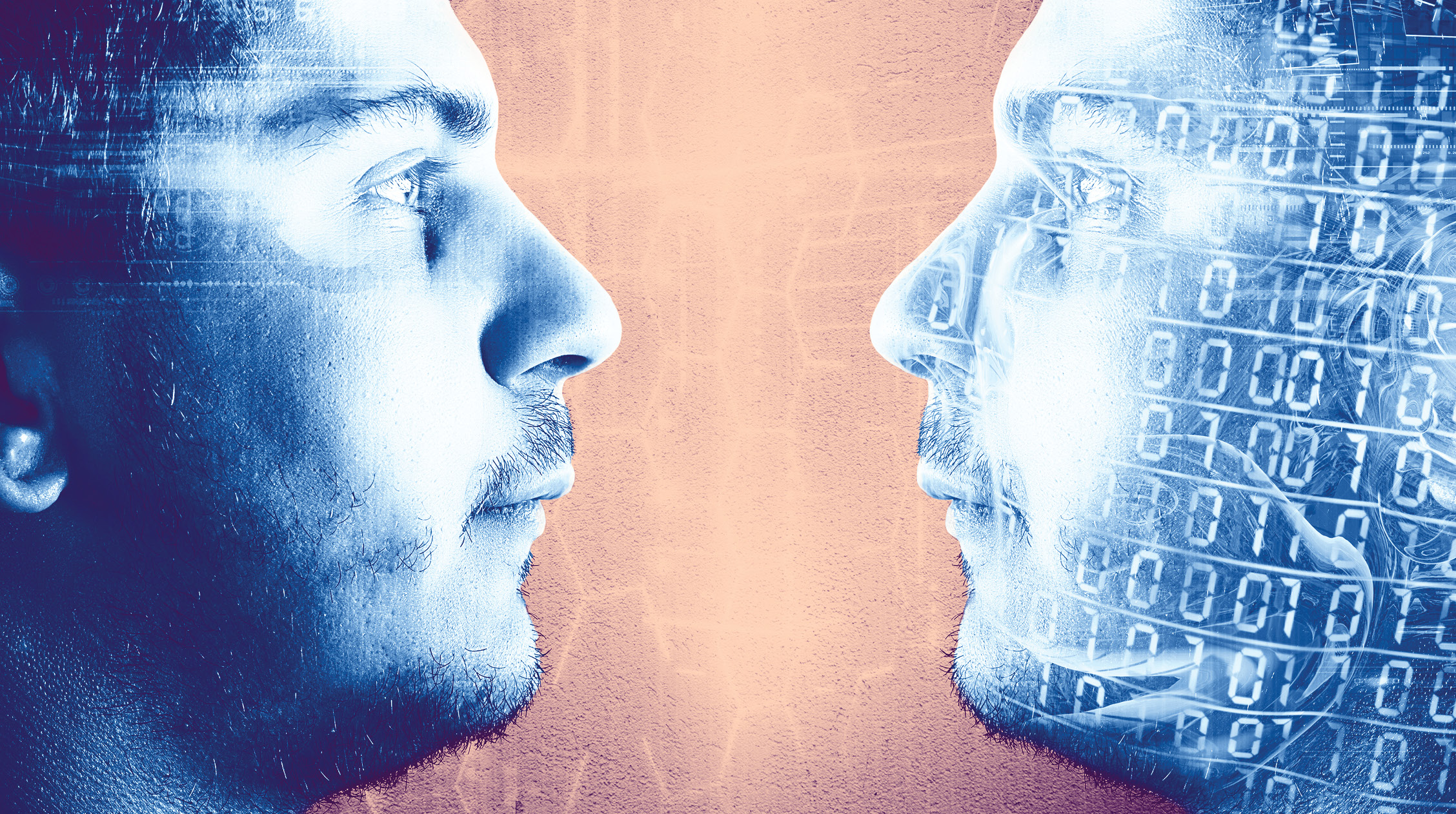TECH
Opinion: Virtual Reality for Data Visualization
Virtual Reality (VR) is a promising technology that is revolutionizing the way we view, communicate, analyze and interpret digital content. Although VR is still very much associated with the gaming world, the immersiveness and interactivity of its applications are strengthening its use in numerous business areas.Several events have marked the evolution of this technology. At technological level we have verified great advances in computational level, development of glasses with high resolution screens and manufacture of sensors and actuators for manipulation and haptic feedback, respectively. These developments, among other events, have marked the massification and demonstration of this industry in various fields of activity, such as marketing, entertainment, digital games, training, medical applications, and visualization and analysis of large amounts of data.The 225 investments by Risk Capital in the last two years, totaling $ 3.5bn, are also a good indicator of growth. As forecasts for 2018, more than 25 million devices are expected to be sold, out of a total of 171 million active users globally.Considering the rapid evolution of the VR market, and knowing that this technology could be a revolutionary element in the creation of new forms of interpretation and manipulation of information, a new question arises: in what way can RV transform the way we visualize and do we analyze large amounts of data?The increasing complexity, variety, and volume of digital information is creating the need for new business solutions to more quickly visualize, analyze, and explore data. Many companies nowadays face several challenges in multidimensional information interpretation and representation of large volumes of data.
We know that the human being exists and is fully trained to live in 3D worlds, I understand various objects through textures, colors, shapes, distances between many visual indicators. Thus, since visualization is one of the most important stages in data analysis, with the use of VR there is the potential to create environments that simulate the real world, maximizing the way in which we assimilate information. Numerous scientific studies have shown that the characteristic immersiveness of VR environments minimizes operations errors, maximizes learning ability, and improves the process of finding patterns and trends.As a result, the business world can benefit from significant improvements in internal processes, anticipating future trends, strengthening decision-making and accelerating the pace of innovation.However, virtual reality is not enough to view traditional graphics. For example, if a bar chart is not informative enough in a 2D environment, neither will it be in 3D or in an RV environment. With RV, there is a new ability to create an immersive experience that will definitely revolutionize the way we assimilate information from various sources of audio, image, 3D sound, among others.Many approaches have been explored by companies and startups with different goals. Some applications focus on the promise of making VR a storytelling medium (eg the All Street Journal), while others focus on creating interactive and collaborative data visualization environments (eg Virtualitics, CognitiveVR, Dali-VR, Looker).
There is no market leader in RV applications for data visualization at this time, and many of the companies are still adapting their value proposition to maximize the impact they can generate in the future. For example, the Dali-VR startup is being designed as a modular and low-code platform, whose main goal is to enable anyone, even without knowledge of 3D programming, to create RV environments for viewing and analyzing data. Through a visual assistance interface, it will be possible to 'drag and drop' various applications of visualization, interaction and manipulation of data as well as connection to external databases.
For a variety of industries, combining the unique features of the Dali-VR platform can contribute to a stronger link between the engineering world and the business world by creating a development standard to tailor and customize RV applications to multiple products and services.
Although market forecasts show significant variations, with a market size ranging from $ 100b - $ 215b in 2021, all forecasts point to one point in common: VR will significantly impact how we communicate, modeling, and influencing the mode how we create and do business in the future.
Pedro Rodrigues-Dali VR, Portugal

No comments:
Post a Comment